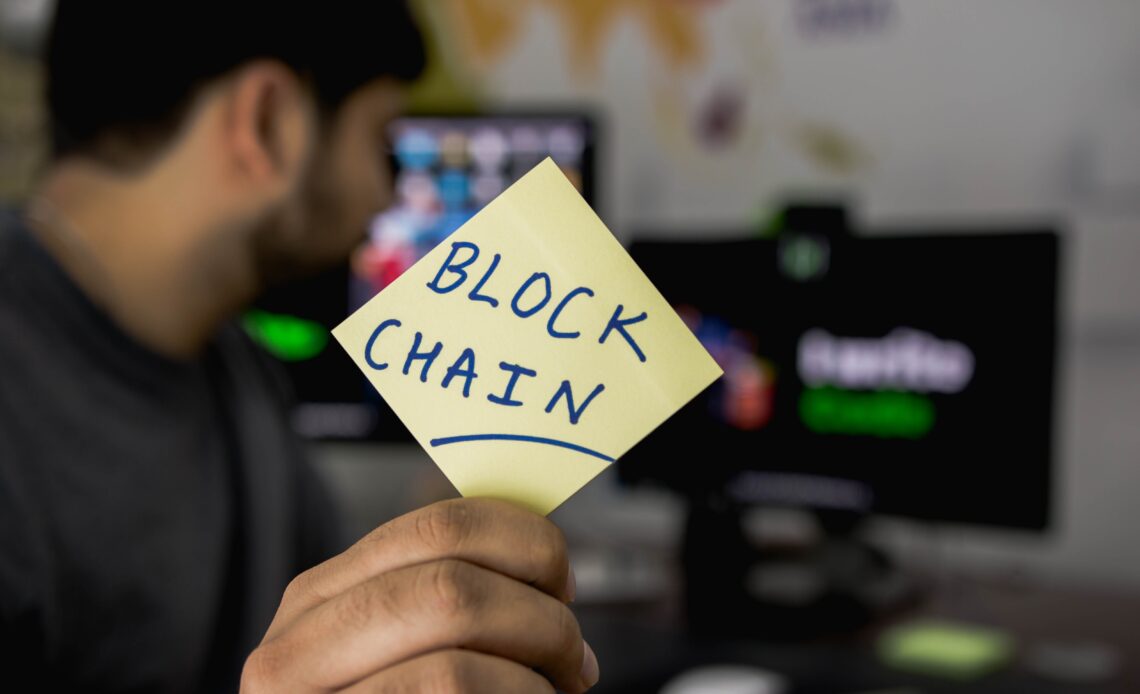Introduction
Embarking on the journey of cryptocurrency mining can be both exhilarating and rewarding. In this comprehensive guide, we delve into the intricacies of how to mine cryptocurrency, providing you with essential knowledge, insider tips, and answers to frequently asked questions.
Mining Basics: Understanding the Fundamentals
What is Cryptocurrency Mining?
Cryptocurrency mining is the process of validating transactions on a blockchain network, securing the network, and earning rewards in the form of newly minted coins. This fundamental aspect ensures the integrity and decentralization of the digital currency.
Why Mine Cryptocurrency?
Mining cryptocurrency not only contributes to the robustness of blockchain networks but also offers miners the opportunity to earn cryptocurrency rewards. The decentralized nature of mining adds an extra layer of security to transactions.
The Role of Blockchain in Mining
Blockchain serves as the backbone of cryptocurrency mining. It is a decentralized ledger that records all transactions across a network. Miners validate and add these transactions to the blockchain, ensuring transparency and security.
Getting Started: Setting Up Your Mining Rig
Choosing the Right Hardware
Selecting the appropriate hardware is crucial for successful mining. ASIC (Application-Specific Integrated Circuit) miners are popular for their efficiency, but GPUs (Graphics Processing Units) are more accessible for beginners.
Selecting a Mining Software
Mining software facilitates communication between your hardware and the blockchain network. Popular choices include CGMiner, EasyMiner, and NiceHash. Choose the one that aligns with your hardware and preferences.
Joining a Mining Pool
Solo mining can be challenging, so many miners opt to join mining pools. These collaborative groups combine their computational power to increase the chances of successfully validating transactions and earning rewards.
How to Mine Cryptocurrency: Step-by-Step Guide
Mining cryptocurrency involves a series of steps, each crucial for the overall process. Let’s break down the process into manageable steps.
Step 1: Choose Your Cryptocurrency
Decide which cryptocurrency you want to mine. Popular choices include Bitcoin, Ethereum, and Litecoin. Consider factors like potential profitability, mining difficulty, and personal preferences.
Step 2: Set Up Your Wallet
Create a secure wallet to store your mined cryptocurrency. Wallets come in various forms, such as hardware wallets, software wallets, and online wallets. Choose one that suits your security needs.
Step 3: Install Mining Software
Download and install the mining software compatible with your chosen cryptocurrency and hardware. Configure the software by entering your wallet address and other relevant details.
Step 4: Configure Mining Pool Settings
If you’re joining a mining pool, configure the pool settings in your mining software. Enter the pool’s address, your username, and password provided by the pool.
Step 5: Start Mining
Launch your mining software and watch as your hardware contributes to the blockchain network. Monitor your mining statistics through the pool’s website or the software’s dashboard.
Common Challenges in Cryptocurrency Mining
Dealing with Mining Difficulty
Cryptocurrency mining difficulty adjusts over time based on the network’s overall computational power. Be prepared for fluctuations and adjust your mining strategy accordingly.
Power Consumption Considerations
Mining can be power-intensive, impacting your electricity costs. Evaluate the energy efficiency of your hardware and consider the economic feasibility of mining.
Security Concerns and Best Practices
As with any online activity, security is paramount. Implement best practices, such as using secure wallets, enabling two-factor authentication, and keeping your mining software up to date.
FAQs: Addressing Your Concerns
Q: Is Cryptocurrency Mining Profitable?
A: Cryptocurrency mining profitability varies based on factors like hardware, electricity costs, and market conditions. It’s essential to conduct thorough research and consider all associated costs.
Q: How Long Does it Take to Mine a Cryptocurrency?
A: The time to mine a cryptocurrency depends on factors like mining difficulty, hardware efficiency, and luck. Joining a mining pool can provide more consistent returns compared to solo mining.
Q: Can I Mine Cryptocurrency on a Regular PC?
A: While it’s possible to mine certain cryptocurrencies on a standard PC, dedicated mining hardware is more efficient and cost-effective for most users.
Q: What is the Halving Event in Cryptocurrency Mining?
A: Halving is a predefined reduction in the rewards miners receive for validating transactions. It occurs at regular intervals to control the supply of new coins and has a significant impact on mining profitability.
Q: How Does Cryptocurrency Mining Impact the Environment?
A: The environmental impact of cryptocurrency mining, particularly for Bitcoin, has been a topic of debate. Mining operations using renewable energy sources can mitigate environmental concerns.
Q: Are There Risks Associated with Cryptocurrency Mining?
A: Like any investment, cryptocurrency mining involves risks. Market volatility, regulatory changes, and technological advancements can impact mining profitability and sustainability.
Conclusion
Navigating the realm of cryptocurrency mining requires a blend of technical know-how and strategic decision-making. By following this guide, you’re equipped with the knowledge needed to embark on your mining journey successfully.




Fantastic site Lots of helpful information here I am sending it to some friends ans additionally sharing in delicious And of course thanks for your effort